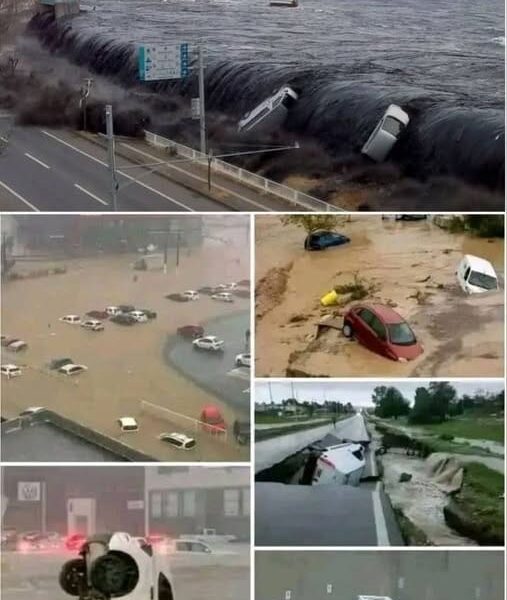An 8.8 magnitude earthquake in Russia shook the Kamchatka Peninsula, one of the active regions of the Pacific Ring of Fire. Mexico is within it.

The Pacific Ring of Fire is recognized as the most unstable and dangerous region on the planet, being the source of major seismic events, such as the recent massive earthquake in Russia . This belt encompasses several countries, one of them being Mexico. We’ll explain what it’s all about.
Russia’s Kamchatka Peninsula was the epicenter of one of the most powerful earthquakes recorded in modern times, an event that not only raised concerns about its potential consequences in Petropavlovsk-Kamchatsky, the main city in the area, but also revived scientific interest in the complex and dangerous geological system known as the Pacific Ring of Fire . This massive earthquake, with a magnitude of 8.8, clearly demonstrates the dynamic nature of one of the most active regions on the planet.
What is the Pacific Ring of Fire and what does it have to do with the earthquake in Russia?
The Pacific Ring of Fire, also known as the Ring of Fire , is a vast tectonic belt over 40,000 kilometers long, shaped like a horseshoe, that borders the Pacific Ocean. This region concentrates approximately 90 percent of all global seismic activity
Within it, various tectonic plates , such as the Pacific, North American, Philippine, and Nazca plates, constantly interact, pushing, sinking, or rubbing against each other. This accumulated tension is periodically released through earthquakes and volcanic eruptions . It is no coincidence that this belt is home to more than 450 active volcanoes and some of the deepest ocean trenches in the world, including the Mariana, Java, and Aleutian trenches.
The origin of this intense geological activity lies in the incessant movement of tectonic plates. Several of the Earth’s major plates converge in this area, sliding past each other in a continuous process of friction and energy release . One of the predominant mechanisms is subduction, where an oceanic plate plunges beneath a continental plate, generating a buildup of tension that can be violently released in the form of earthquakes or eruptions.
The effects of this activity go beyond the geological. Millions of people live in high-risk seismic and volcanic areas along the Ring of Fire. The consequences of these phenomena include loss of life, destruction of infrastructure and homes, disruption of basic services, and considerable economic impact. However, not everything is threatening; in some regions, volcanic activity contributes to the formation of extremely fertile soils, essential for local agriculture.
List of countries within the Ring of Fire
The tectonic belt crosses numerous countries. In Asia, it includes Japan, the Philippines, Indonesia, Papua New Guinea, and eastern Russia, specifically the Kamchatka Peninsula, where the Pacific Plate sinks beneath the North American Plate, generating earthquakes.
In Oceania, New Zealand is also part of this corridor, with a geography marked by active faults and imposing volcanoes. In the Americas, the belt extends from the southern tip of Chile to Canada, encompassing Peru, Ecuador, Colombia, Central America, Mexico , and much of the west coast of the United States .
All of these countries experience earthquakes regularly and face the constant challenge of protecting their populations. Strategies such as the development of earthquake-resistant building codes, early warning systems, and community education programs are being adopted to cope with this geological threat.

